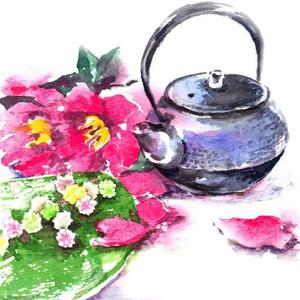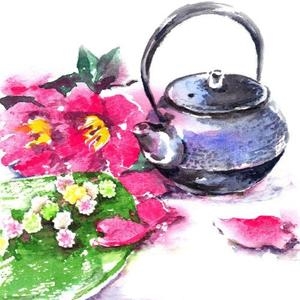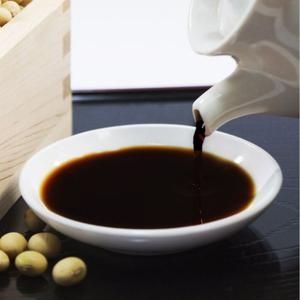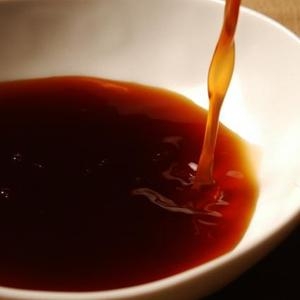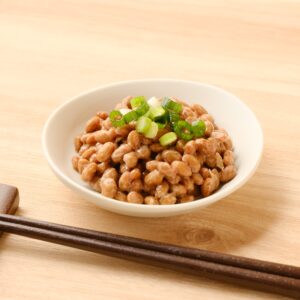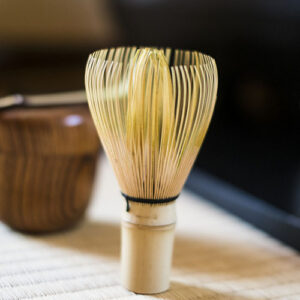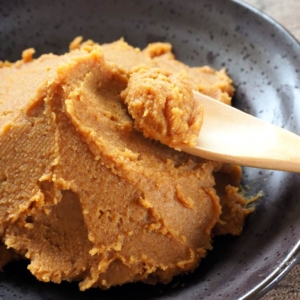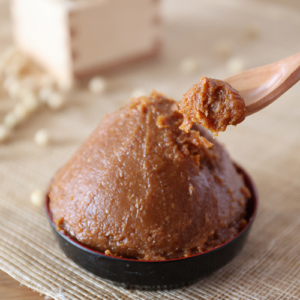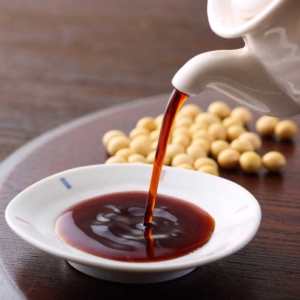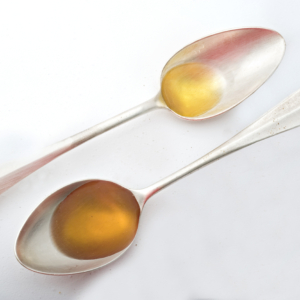“A craft design to give sense of perfection to the tea making ceremony.
Pure, healthy, natural, unpretentious, and beautiful.”
Shoji Hamada, Japan Folk Craft Museum Expo70
Tetsubin cast iron kettle is a folk craft or in other word a national craft of Japan that hold a lot of purposes in the Japanese way of life. Japanese people is well known for their longevity. In this world, Japanese people have the most centanarian (people who have live more than 100 years) which is more than 67000 peoples. The average life expectancy of Japanese women is at 87.32 while men at 81.25. It is not a secret anymore that apparently the reason behind this is due to their healthy lifestyle. But what unknown to this world is the Japanese Handicraft who’s all along been the key to this secret.
 Content List
Content List
- Nambu cast iron Kettle Tetsubin, A Traditional Handicraft for the people
- Concept of Traditional Handicraft
- History
- Process of Making Nambu Cast Iron Tetsubin
- How does the prices been decided?
- Nambu Cast Iron Kettle is an Indispensable Item in Tea Ceremony
- Benefits of using Nambu Cast Iron Kettle Tetsubin
- Versatile Design
- For Lifetime usage
- Effect on the taste
- Different between Nambu Cast Iron Kettle (Tetsubin) and Teapot (Kyuusu)
- Raising your own Nambu Cast Iron Kettle Tetsubin
- Tips on Maintaning and Cleaning
- The Fun Fact
- Recommended Products for Nambu Cast Iron Kettle (Tetsubin)
Nambu cast iron Kettle Tetsubin, A Traditional Handicraft for the people

Concept of Traditional Handicraft
The concept of Traditional Handicraft depends on five ideas which are:
• Item’s purpose and utility is for daily usage
Though according to the history, Tetsubin was first use for tea ceremony and only for the feudal, the usage gradually extended and spread to the farmer and commoner. The usage become very crucial for the daily life. Each item that is regarded as a traditional handicraft need to have its own purpose and utility. In the case of Tetsubin, it served a purpose to boil water and can be used by everyone despite of the social class.
• Manufacturing process is Handicraft
The main part of the manufacturing process need to be made by hand, in other words handicraft.
• Traditional Technique
The manufacturing will be using the traditional technique that has handed down from generation to generation. Nambu cast iron kettle required at least 40 small steps to complete one item which almost all needed to use hand. The techniques also will be vary according to companies. There are also companies that required 60 steps to complete one cast iron kettle.
• Using raw materials
The main materials use need to be raw and remained untouched with other chemical compound.
• Pioneer in the manufacturing
A certain number of persons in a certain area are manufacturing or engaged in the manufacturing.
History

The Nambu ironware comes from the fact that it was first produced in the Nambu domain, a feudal domain that encompasses where Morioka is located now. While the Nambu domain no longer exists, the name of the ironware remains the same. Modern-day Nambu ironware also utilizes cast metal produced near Morioka, in the Sendai domain or current day Oshu City. The Nambu cast iron branding started it history with cast iron kettle (tetsubin) as it first product. Nambu feudal gather artisans all over Japan, and started an association of making Tetsubin. Tetsubin begin to gain attention overseas during the Edo period, in which the act of drinking tea spread across Europe especially The Great Britain. Tetsubin were imported to Europe with new colorful look. As Japan prefer simplicity yet elegant look, the colors of the Tetsubin has always been black or dusty or greyish even until now. It shows the heart of the Japanese that recognizing products to be simple, humble and yet elegant.
Process of Making Nambu Cast Iron Kettle Tetsubin
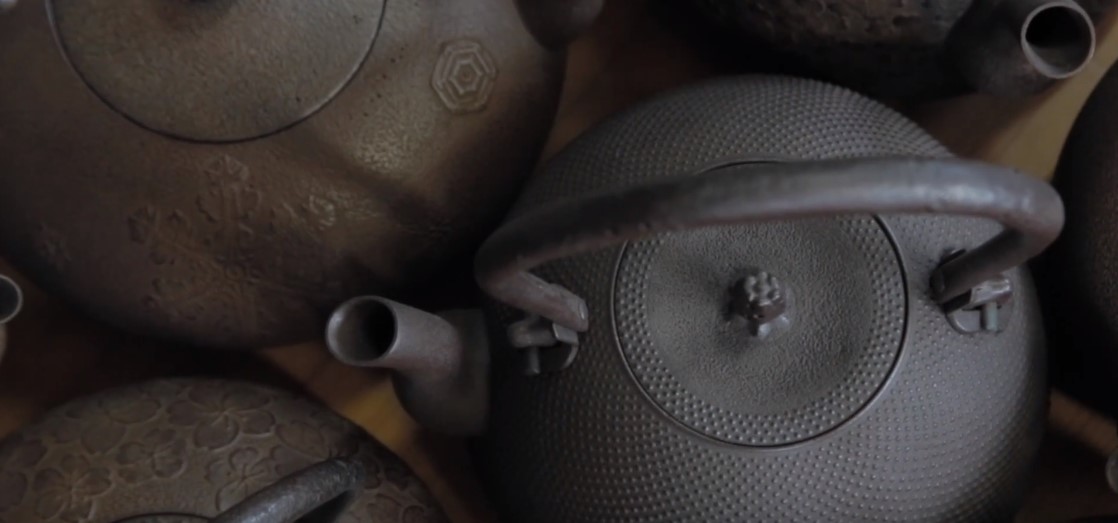
In this section, we will show you how Nambu Cast Iron Kettle Tetsubin is made
Details on the Process
-
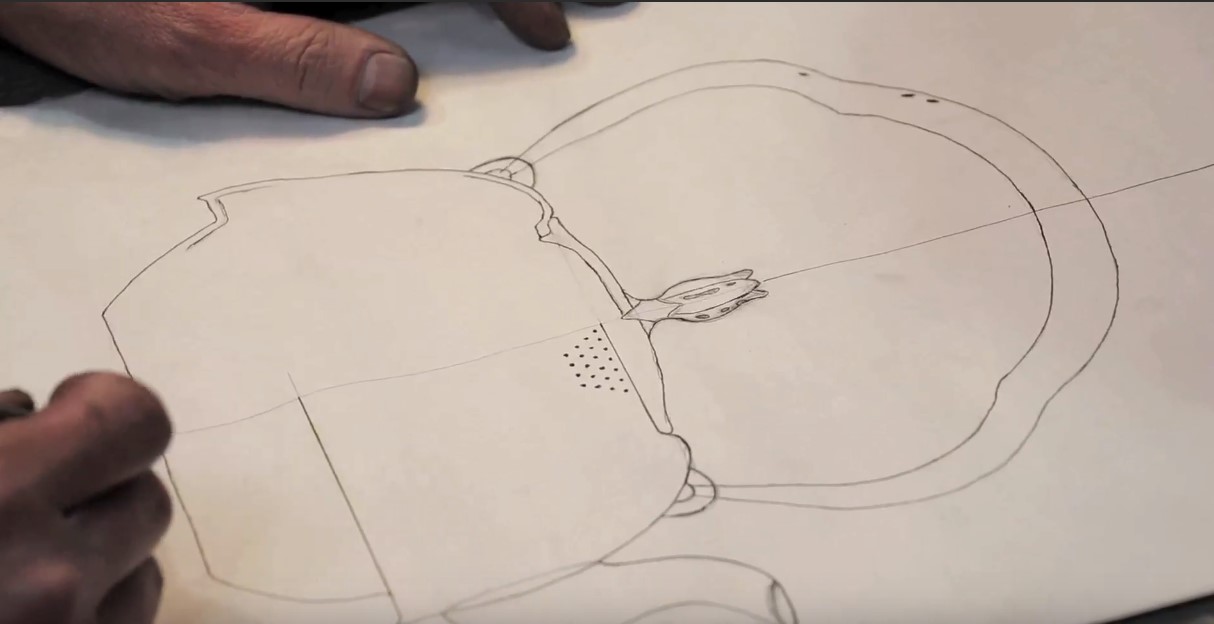
Designing
-
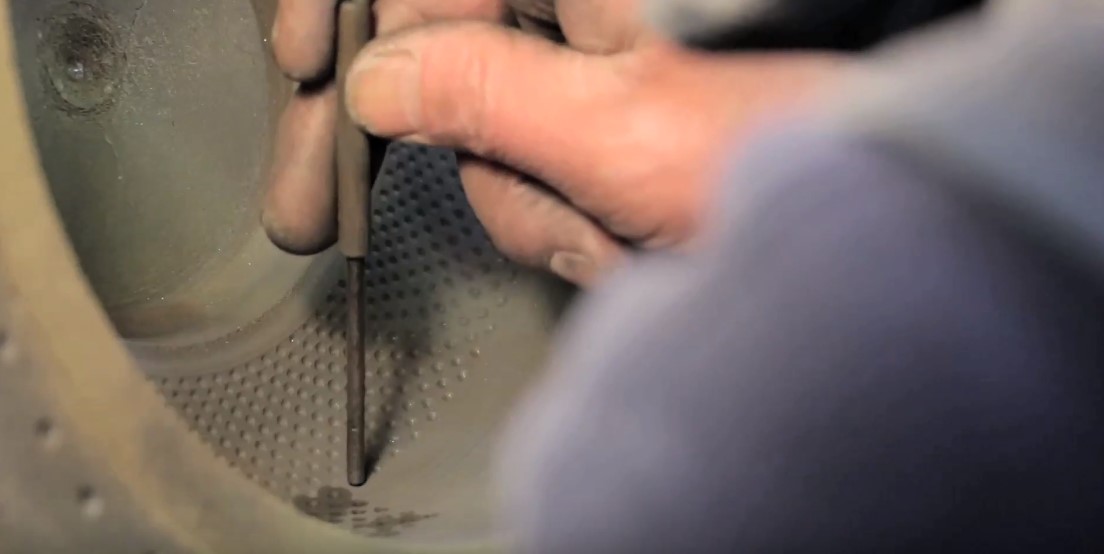
Prototyping
-
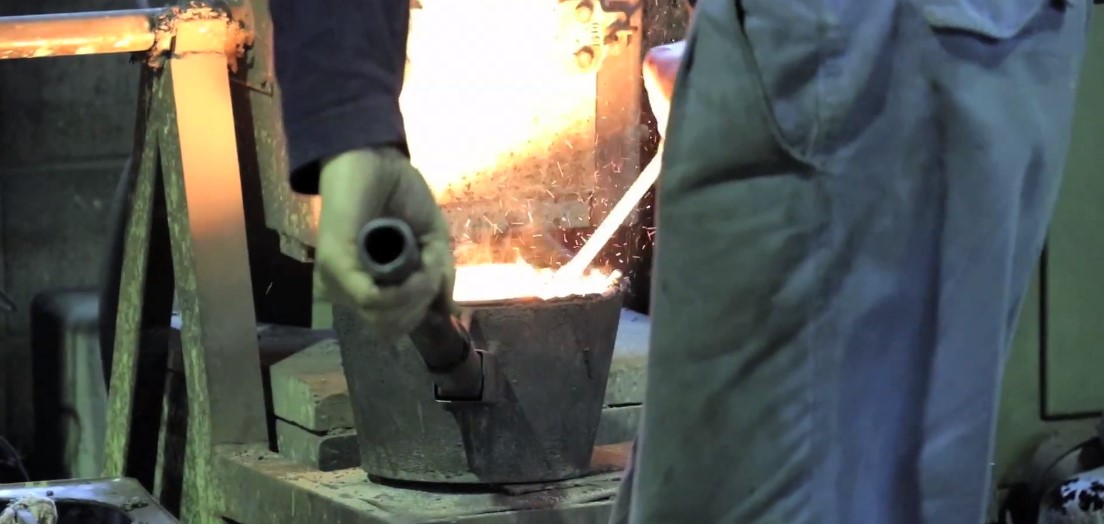
Melting
-
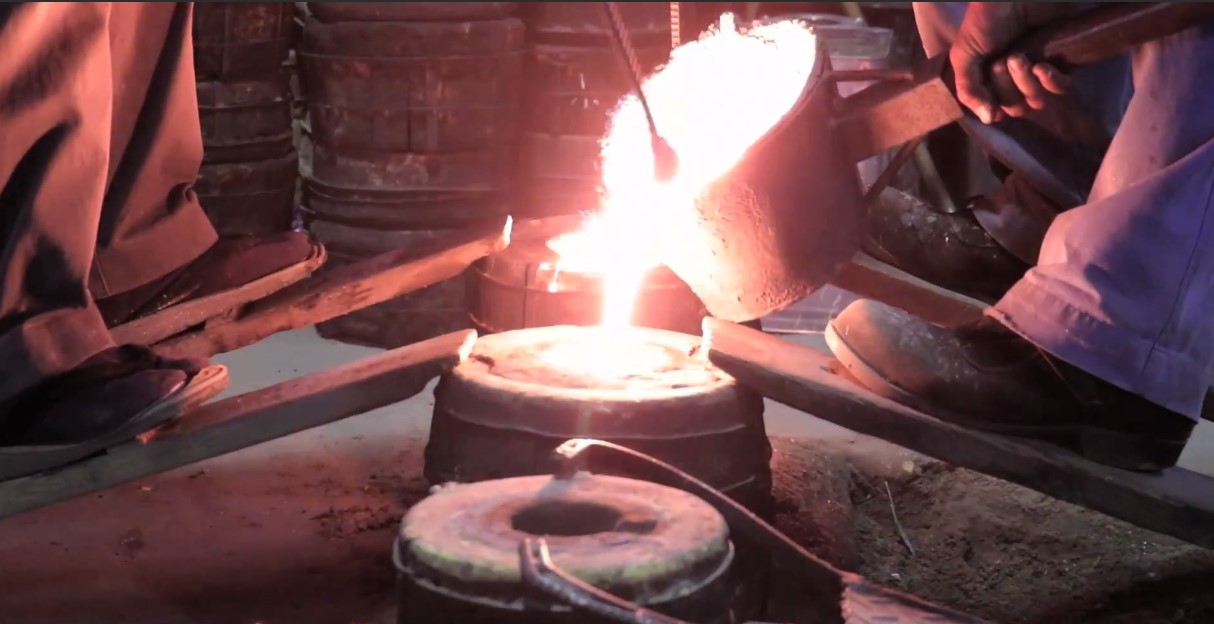
Moulding
-
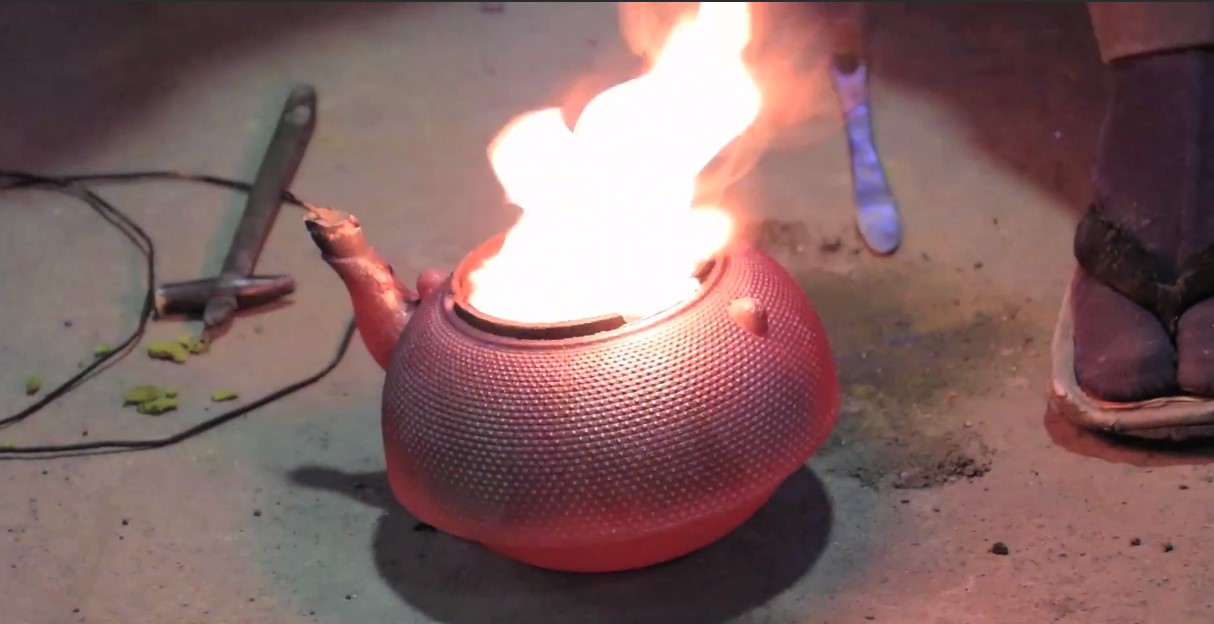
Hardening
-
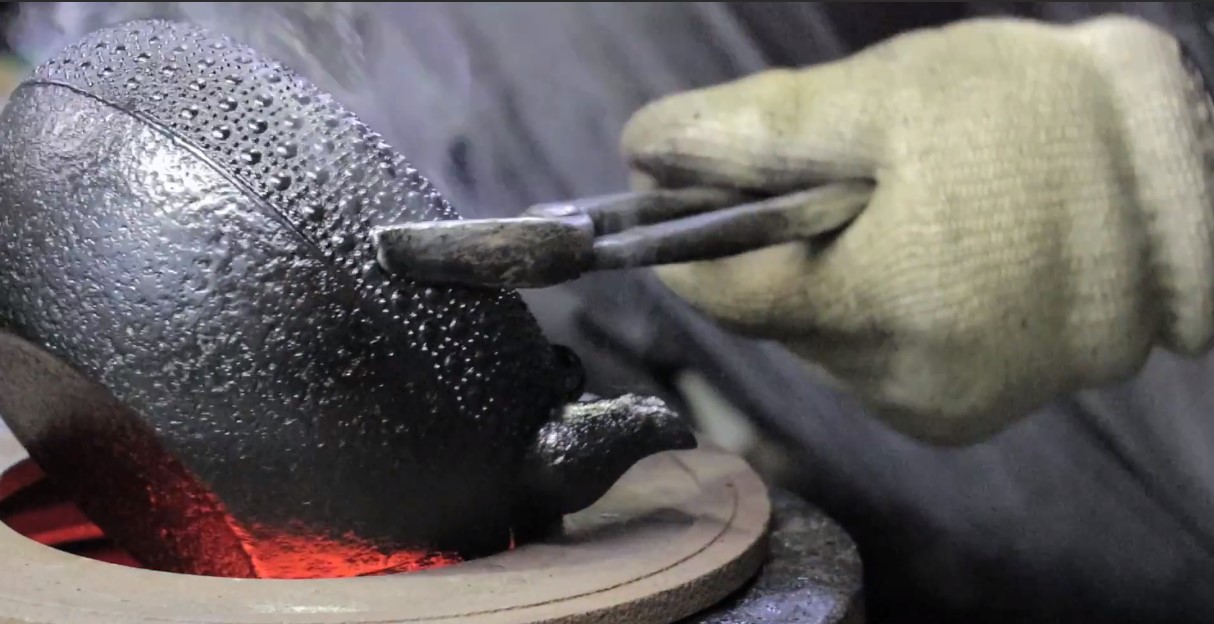
Seasoning
How does the price been decided?
Why there are differences in the prices?
The Nambu cast iron kettle makers said that they heard this a lot from the customer. This questions is well received by them with a mixed feeling. On behalf of them, this articles will show the reasons behind it. There is also an interview done with the one of the Nambu Cast Iron Kettle maker. Check it out here.
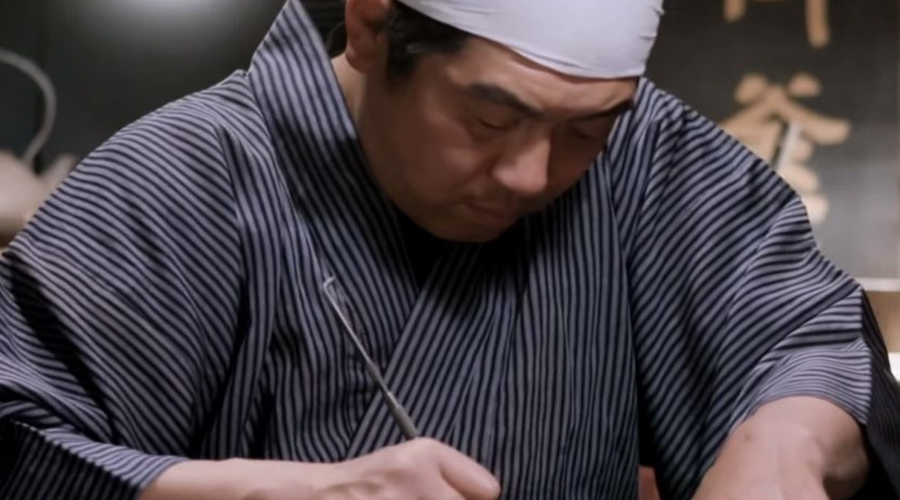
- Skills
- There are many artisans around Japan. But making Tetsubin cast iron kettle needs a very refine skills. As the process is very delicate and particular which can not be underestimate. These skills are determine by experiences, previous works, awards and others
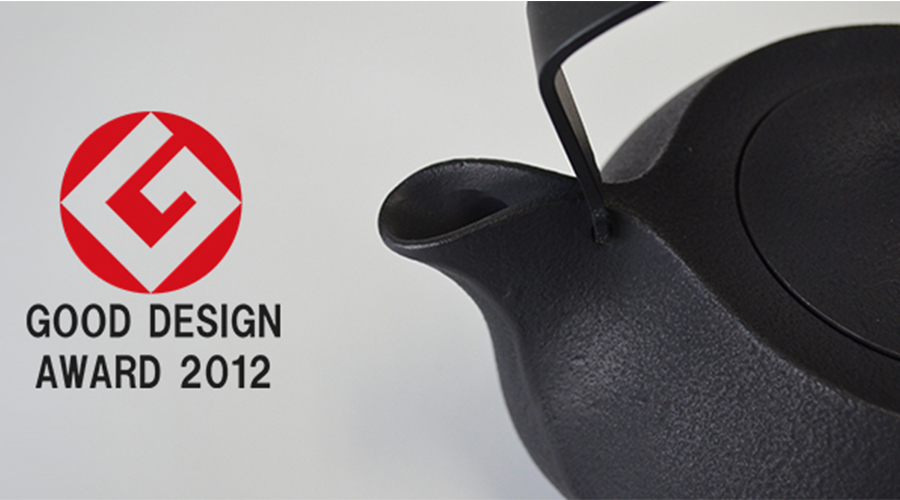
- Design
- Design is the blueprint in making any of the Nambu iron cast product especially Nambu Cast Iron Kettle. The price of the cast iron kettle depends a lot on the design rather than other aspects. The design were made with the matching of wooden prototype. The more difficult the design and work done the pricier the cast iron kettle can become. Since 1957, every year in Japan, Japan Institute of Design Promotion launched awards namely Good Design Award for items that are recognize for their excellent design. This is one ofthe reason why the prices can skyrocketed.
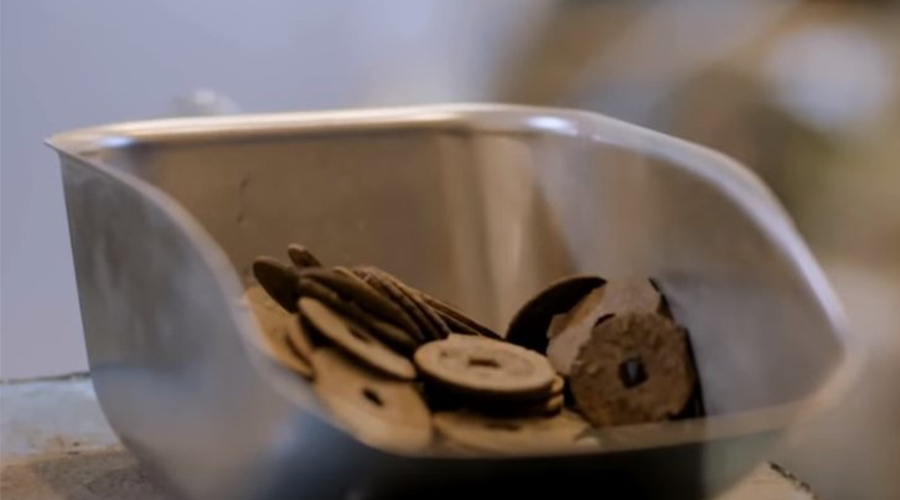
- Materials
- Type of materials used for the products. River sand, rock sand, iron sand, lacquer, clay and coal are all essential cast iron used for casting the iron. All the natural can be found from the Iwate prefecture. How the compound will be mix together and the portion will determine the cost of the production. What interesting is there is also company who has been using old coin to produce the cast iron kettle Tetsubin.
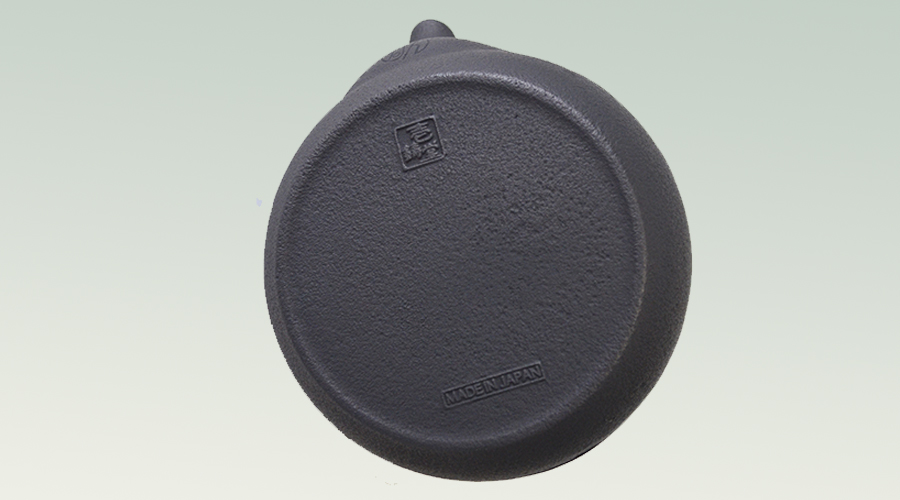
- Brand History
- Every brand has its own history and reputation. Some brands have long stading history since the establishment of the Nambu cast iron. Some just established but developed new innovation and improvement on their products. The longer they have operated and received recognition for their products the pricier the product can become. Also depending on how well received the new innovation, the prices can also plummet or spike. Especially for people who interested and value the history of the brand, they are willing to spend more.
Nambu Cast Iron Kettle is an Indispensable Item in Tea Ceremony
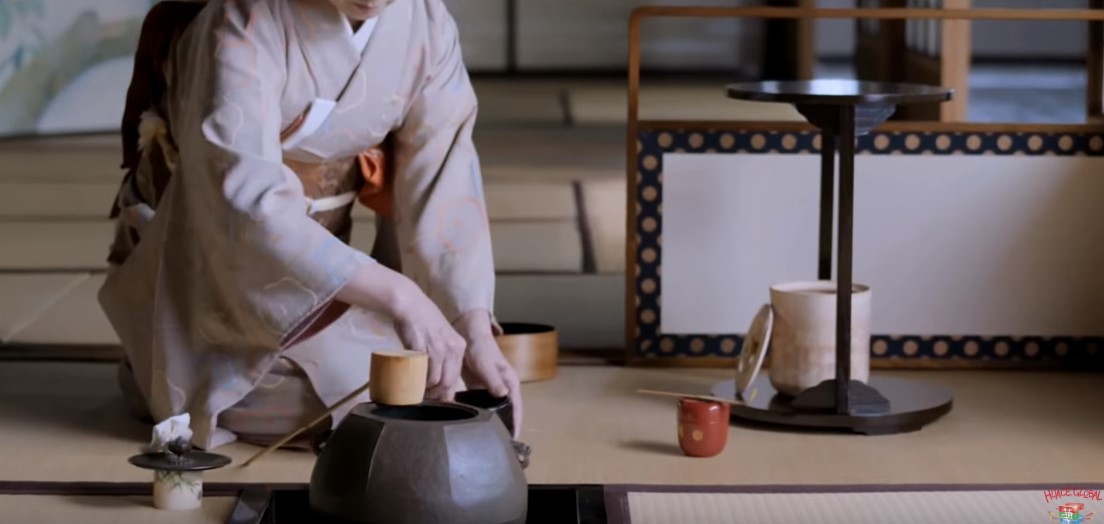
With all the etiquette that looks so subtle with the naked eyes, here come the Tetsubin, cast iron kettle that bring out the flavor of the tea. Nambu cast iron kettle hold a long history in the tradition of tea ceremony. Something would feel out of place and very wrong if the existence of Tetsubin is forgotten. It is as if the ceremony is never a ceremony. Just like existence of teapot in the England afternoon tea. It is a sense of perfection.
The story begins since before the starting of Edo period, Nambu cast iron kettle Tetsubin begin to receive recognition across Japan. It started with culture of Tea ceremony (Sado) that take place among the feudal and shogunate. However at that time, there is a problem with boiling and extracting tea leaves with hot water (Sencha Method).
In finding the solution for this problem, lots of trial and error were made, one of them is gathered artisans all over Japan and started an association of making cast iron kettle. The result of it was remarkable and was fruitful. It was said that it become popular after Emperor Taisho who was still a crown prince came and visited Tohoku prefecture to observe rare things and came across Nambu Cast Iron. The news then spread nationwide through the newspaper. Another said that the emergence of Tetsubin Cast iron kettle from the Nambu domain begin to spread first among the Shogunate and Feudal then all over the county. Both stories proved that Nambu Cast Iron is very popular and thus become the apple in the eye of the Japanese people.
Benefits of Using Nambu Cast Iron Kettle Tetsubin
Versatile Design
Arare and Hada are two design that become the representative of Nambu Cast Iron Kettle. These two designs is the focus of any Nambu cast iron kettle (tetsubin) makers. Both of these design undergoes delicate process during the molding. It requires the artisans to be focus and accurate. A single misstep can ruin the whole molding process. Perfection is the only word that can describe the Nambu cast iron kettle Tetsubin.
Arare and Hada
| Arare | Hada |
|---|---|
| Have a bumpy gradient surface like a hailstone | Smooth and shiny surface |
| The drawing on this design started from the interior | The design were done layer by layer |
Despite of that, the cast iron kettles that are representative of Nambu ironware will be varied according to the artisan or the companies. They are free to create any pattern they like as there are no restriction upon it from the Nambu cast iron association.
Colorful design
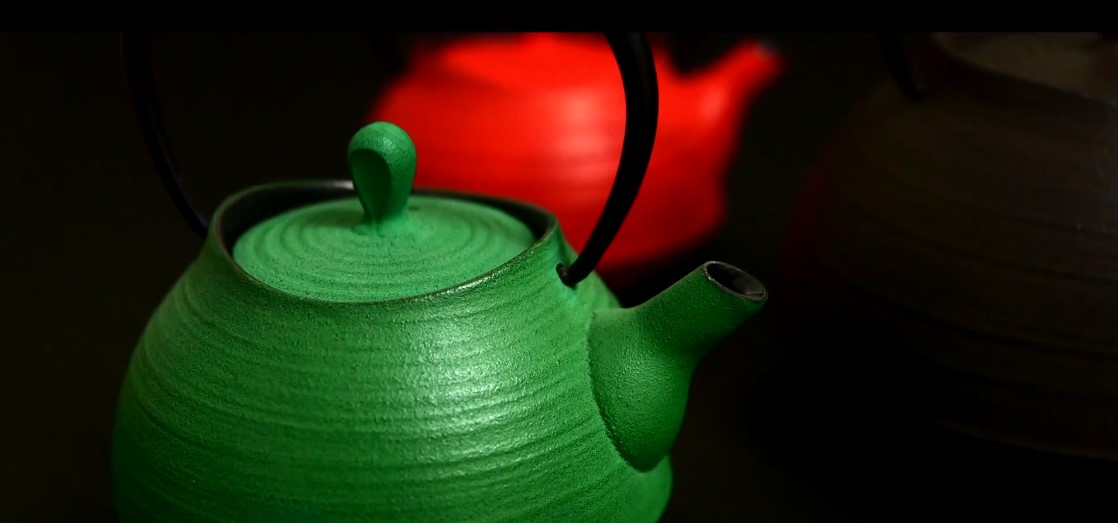
When Nambu cast iron kettle started to be marketed overseas especially Europe, they were commercialized into varieties of new looks and with radiant colors. Even in new look, the essence of Japanese is still linger with it robust and fine shape. Even at the world stage, this cast iron kettle is known as Nambu cast iron kettle rather than Japanese Cast Iron Kettle. It is then proven that the reputation of Nambu cast iron Kettle is recognize world widely. In addition to that, it is also known to be well loved in Paris and England.
For Lifetime usage
Iron is very strong and durable; it is therefore not easily break. It is said that the longer you use, the tastier tea you will get. You are able to hand it down to the next generation, be it your children or even grandchildren.
Health Benefits
The iron contained in the Tetsubin will directly diffuse into the water making the water contained of natural iron. This natural iron have a lots of health benefits in which I have stated from the previous article of Nanbu Cast Iron.
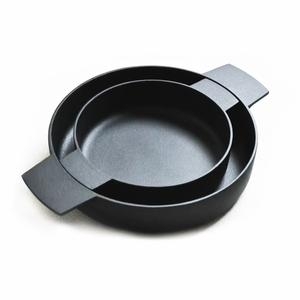
Benefits that iron gives us;
• Help on focusing
• Decrease irritability
• Give Stamina
Effect on the Tea Taste
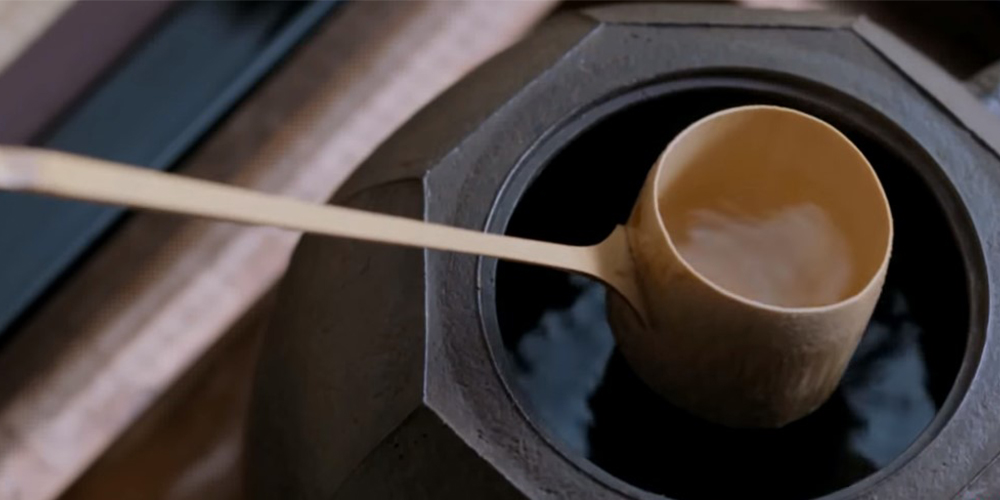
The contained of the iron will make the water tastier. It is said that when making tea, the tea taste less astringent and sweeter than normal tea.
Other than that, the aroma from the tea boil using Nambu cast iron Tetsubin gave more aromatic scent and with enhanced flavor compare to tea boil using normal stainless teapot.
Despite of the fact that it contain iron, the water does not have a metallic taste at all due to the oxidation that took place during the seasoning process.
Different between Nambu Cast Iron Kettle (Tetsubin) and Teapot (Kyuusu)
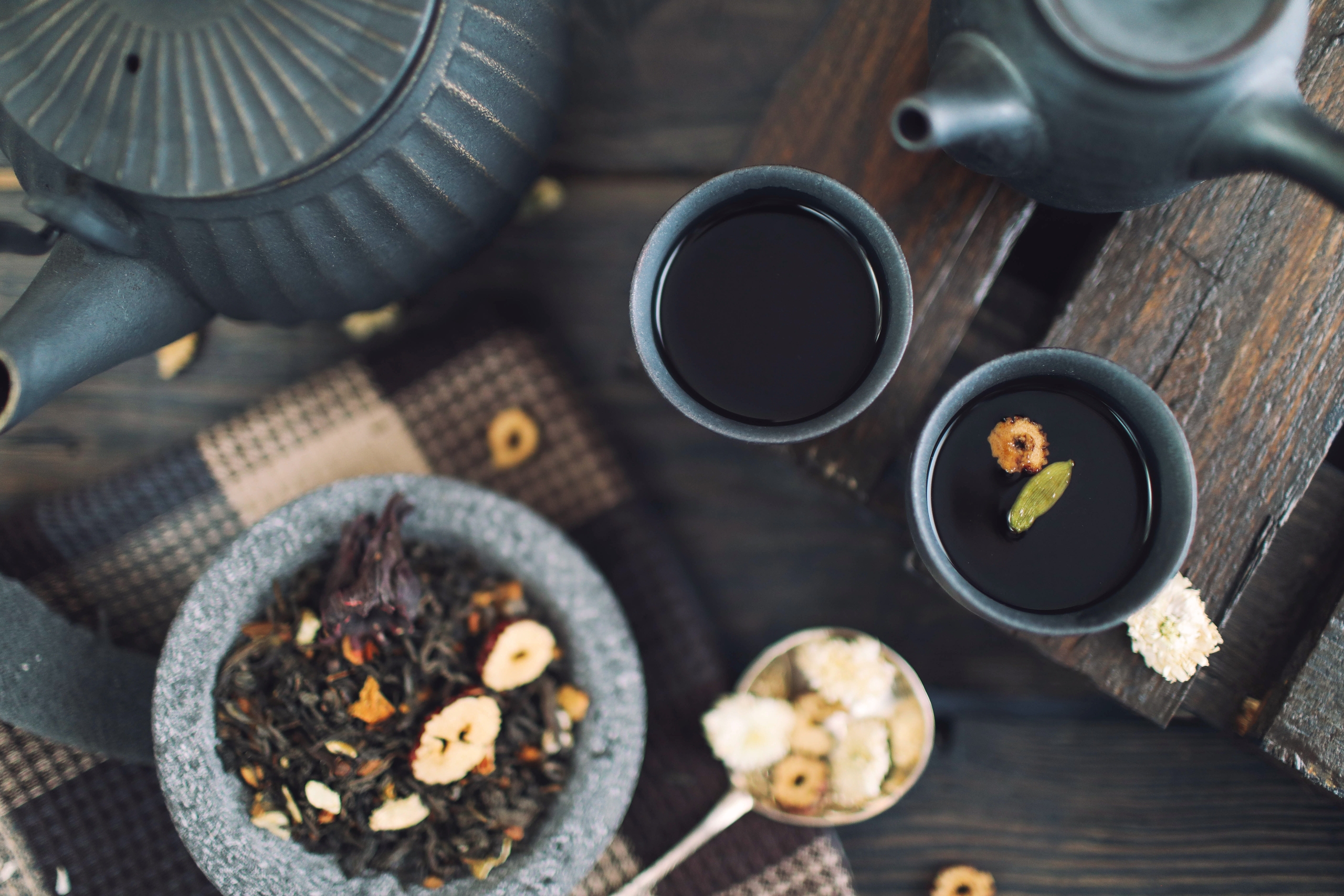
Most people misunderstood the different between Tetsubin (Kettle) and Kyuusu (Teapot). From the surface it can look the same. Even some of the design is imitated of each other perfection.
While some said that it is the same things,
Actually is it NOT. It is totally a different things.
Beware and observe carefully before purchasing it,and if you are planning to buy it in Japan, remember the Kanji or the word itself.
| 鉄瓶(Tetsubin)Cast Iron Kettle | 急須 (Kyuusu) Cast Iron Teapot |
|---|---|
| Appear in Various sizes | Mostly small |
| Not enameled inside | Enameled inside |
| Able to be put on the stove even direct fire | Cannot be use on the stove or direct fire |
| Have health benefits | No health benefits |
Though it is a Nambu cast iron product, unlike Nambu Cast Iron Kettle or Tetsubin, Nambu cast iron Teapot or Kyuusu does not have any health benefits. The interior of the Kyuusu (teapot) is enameled. With this never in decade or even centuries, it will ever get rusty. On the other hand, the effect on the taste even the benefits of the iron is unattainable by the user. But to have a perfect combination, one can buy both Nambu cast iron Tetsubin and Kyuusu. Nambu cast iron Kettle (Tetsubin) is also said will make good combination of tea when using it with clay teapot. You can check this video for more information
Raising Your Own Nambu cast iron Kettle
Tips for Maintaining and Cleaning Nambu Cast Iron Kettle
Don’t ever left your Nanbu cast iron with any water inside, always keep it dry.
Don’t wash and touch inside the interior of your Nambu cast iron Kettle.
Don’t brew tea inside your Nanbu cast iron kettle, always transfer the boiling water into teapot.
Complete Guide for using Tetsubin in English:
The Fun Fact: Gundam Nanbu cast iron Kettle
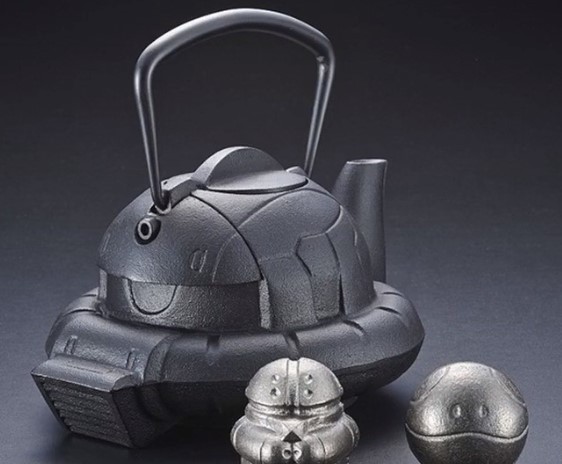
For the all Anime lovers out there, check out the special edition of Nanbu cast iron Kettle collaborating with Bandai. The cast iron kettle is in the shape of Gundam helmet. Not only that, it also features 鉄玉(tetsu tama), an iron ball in the shape of the Gundam character. This iron balls can be used for boiling water in pots or any kitchenware.
Frequently Asked Questions
- Is all Nambu cast iron kettle (Tetsubin) not enameled or coated?
- Yes, all Nanbu cast iron kettle tetsubin is not enameled. The casting method and production followed a strict rules and traditional method that is handed over the generation. The production of Nambu cast iron is protected by the Nanbu cast iron association to maintain the quality and production.
- After long time of usage, there are some red spot, should I remove it?
- There is no need to remove it. The red spot is the unique characteristic of the Nambu Cast Iron Kettle, it is the reason why the water is sweeter and thus tea become tastier.

